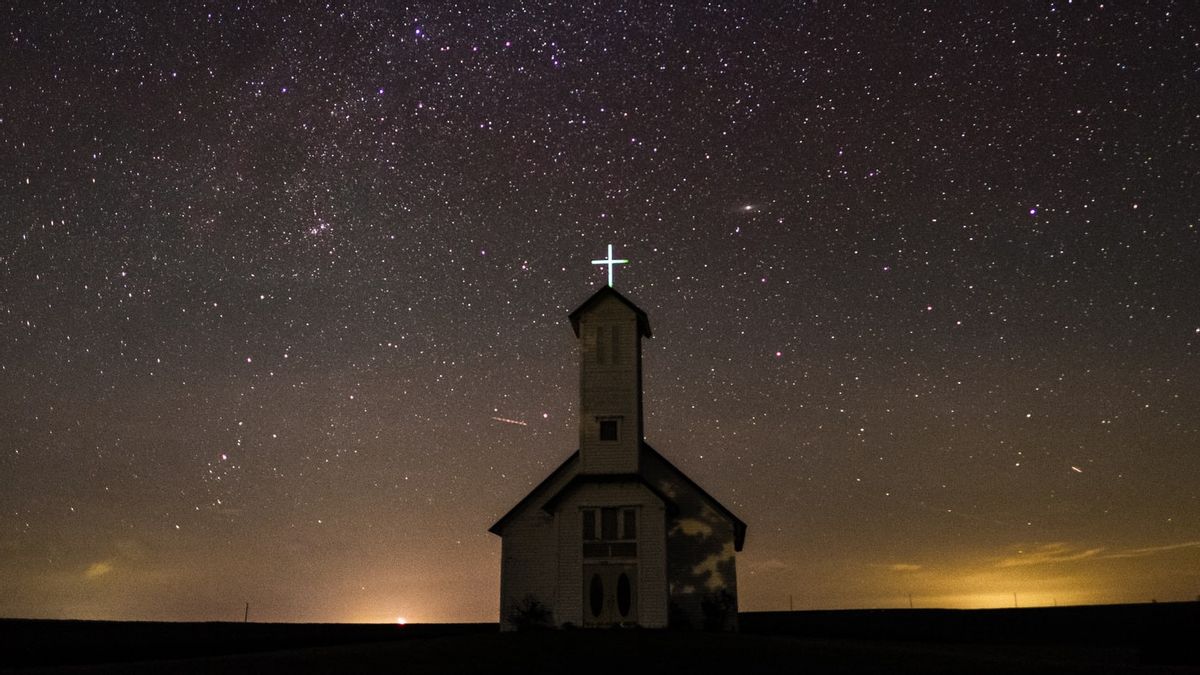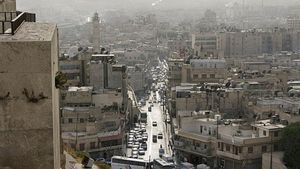JAKARTA - During the 40 days of Lent starting from February 17, 2021, Christians have practiced abstinence and fasting. During this time also Catholics usually observe the Way of the Cross every Friday. How is the history?
This service provides a narrative or depiction of the last hours of Jesus Christ's life in a world full of suffering. For Catholics, the Way of the Cross is a reminder of Jesus' willingness to set aside His divine authority to save mankind through His sacrifice.
In Latin the Way of the Cross is called Via Crucis or Via Dolorosa which means the Way of Suffering. The Way of the Cross service is a Catholic devotion in which this form of prayer is not an official part of the general liturgy of the Church but is part of well-known spiritual practices of Catholics.
Looking back, the Way of the Cross devotion has long roots in the Catholic Church, beginning with the tradition of pilgrims visiting Jerusalem. Since the fourth century, at the time of Emperor Constantine, pilgrims have had a tradition of praying about the passion of Jesus.
They, including Our Lady, the mother of Jesus, are said to have followed the route of Jesus' passionate journey. Initially this tradition only developed in Jerusalem and the surrounding area until the 12th century the Way of the Cross worship only began to enter the western world.
Early daysLaunching Citra Raya Parish, at first Jalan Salib did not have stops like now. The route taken in the framework of the Way of the Cross has changed from time to time. It is also said that each group of people has a different version of each other, as defined by the Blessed Alvarest (1420), Eustochia, Emmerich (1465) and Ketzel. Until finally in the 18th century, Pope Clement XII determined the number and location of the Stations of the Way of the Cross definitively until now.
There are 14 known stops that have been designated by the authorities of the Catholic Church for the Way of the Cross Devotion, including:
Stop 1: Jesus is sentenced to death
Stop 2: Jesus carries the cross to Mount Golgotha
Stop 3: Jesus falls for the first time
Stop: 4: Jesus meets Our Lady, His Mother
Stop 5: Simon of Cyrene helps to carry Jesus' cross
Stop 6: Veronika rubs Jesus' face
Stop 7: Jesus falls a second time
Stop 8: Jesus comforted the weeping women
Stop 9: Jesus falls the third time
Stop 10: Jesus' clothes are taken off
Stop 11: Jesus is nailed to the cross
Stop 12: Jesus dies on the cross
Stop 13: Jesus is taken down from the cross
Stop 14: Jesus is buried
However, of the 14 Stops of the Way of the Cross, only 8 of them are clearly written in the Bible. Stops 3, 4, 6, 7, 9, and 13 are not written implicitly in the Bible, but are added to make the story more coherent.
So on Good Friday 1991, Pope John Paul II introduced the "Scriptural Way of Cross" which still contains 14 Stops, but the story goes back to when Jesus was in the Garden of Gethsemane. However, the biblical version of the Way of the Cross was only approved by Pope Benedict XVI in 2007 so that it can be used for meditation and celebration.
Most of the Roman Catholic Church uses paintings or reliefs to visualize miserable events at each stop, and some even do it in the form of a drama or so-called Tablo.
* Read other information about Easter or read other interesting articles from Ramdan Febrian.
BERNAS OthersThe English, Chinese, Japanese, Arabic, and French versions are automatically generated by the AI. So there may still be inaccuracies in translating, please always see Indonesian as our main language. (system supported by DigitalSiber.id)













